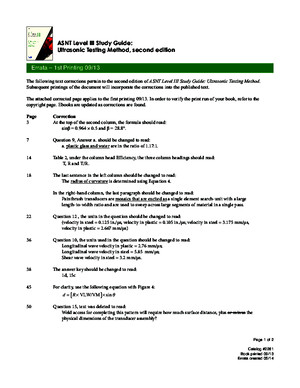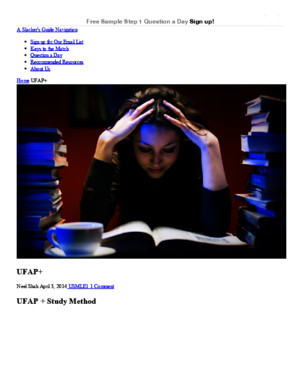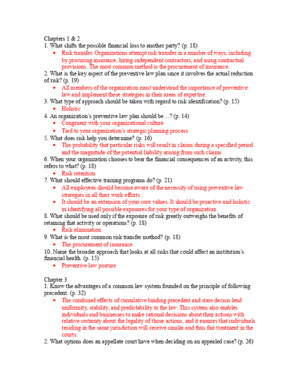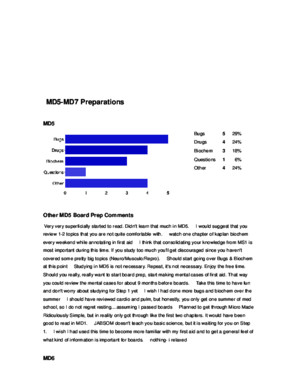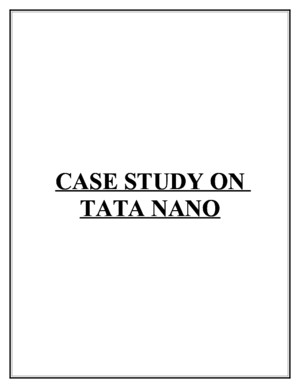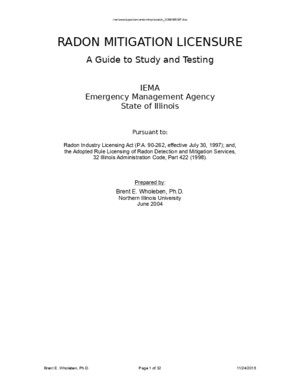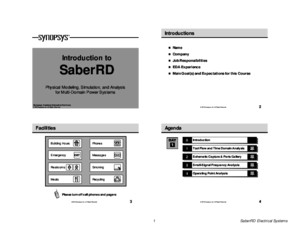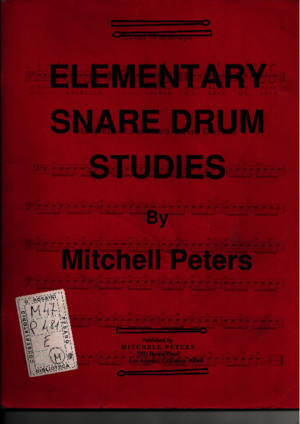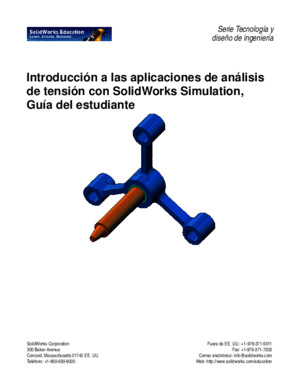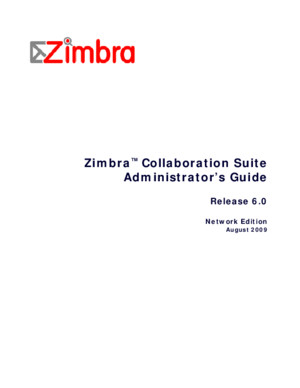Errata ASNT UT Study Guide LIII
There is document - Errata ASNT UT Study Guide LIII available here for reading and downloading. Use the download button below or simple online reader.
The file extension - PDF and ranks to the Creative Writing category.
Tags
Related
Comments
Log in to leave a message!
Description
Download Errata ASNT UT Study Guide LIII
Transcripts
ASNT Level III Study Guide:Ultrasonic Testing Method, second edition Errata –1st Printing 09/13 The following text corrections pertain to the second edition of ASNT Level III Study Guide: Ultrasonic Testing Method Subsequent printings of the document will incorporate the corrections into the published text The attached corrected page applies to the first printing 09/13 In order to verify the print run of your book, refer to the copyright page Ebooks are updated as corrections are found Page Correction 3At the top of the second column, the formula should read: sinβ= 0964 × 05 and β = 288°7Question9, Answera shouldbechangedtoread: a plastic glass and waterare in the ratio of 117:114Table 2, under the column head Efficiency, the three column headings should read:T, R and T/R18The last sentence in the left column should be changed to read:The radius of curvatureis determined using Equation 4In the right-hand column, the last paragraph should be changed to read:Paintbrush transducers are mosaics that are excited asa single element search-unit with a large length-to-width ratio and are used to sweep across large segments of material in a single pass 22Question 12 , the units in the question should be changed to read:(velocity in steel = 0125 in/µs, velocity in plastic = 0105 in/µs; velocity in steel = 3175 mm/µs, velocity in plastic = 2667 mm/µs)36Question 10, the units used in the question should be changed to read: Longitudinal wave velocity in plastic = 276 mm/µs; Longitudinal wave velocity in steel = 585 mm/µs;Shear wave velocity in steel = 32 mm/µs 38The answer key should be changed to read: 1d, 15c45For clarity, use the following equation with Figure 4:50Question 15, text was deleted to read: Weld access for completing this pattern will require how much surface distance, plus or minusthe physical dimensions of the transducer assembly? θ [ ] = × × d R VLW/VM sin Page 1 of 2Catalog #2261Book printed 09/13Errata created 05/14 51Standards should come before Specifications65The first sentence should be changed to read: If a steel plate is under water, there will be energy leakage as the wave travels along the platebecause of an out-of-plane displacement component that would load the liquid 70In the right-hand column, SHM should be defined as: structural health monitoring 75In the right-hand column, the first sentence in the last paragraph should be changed to read:Calculate the Attenuation Factor C by subtracting 1 in from the sound path (SP) and multiplying that number by two, so that C = (SP – 1) 2 76At the top of the page, change C = (SP –1)/2 to C = (SP – 1) 2In Table C, under the column head >2-1/2 through 4, the three column heads should read:70°, 60° and 45°79The answer key should be changed to read: 1c, 2c85Question 1, answer c should be changed to read: c flat materials and curved surfaces with an outside diameter greater than 20 inQuestion 2 should be changed to read: 2 Personnel evaluating and reporting test resultsin accordance with this procedure must be: Page 2 of 2Catalog #2261Book printed 09/13Errata created 05/14 3 Physical Properties In the case of water-to-steel, approximately 88%of the incident longitudinal wave energy is reflectedback into the water, leaving 12% to be transmittedinto the steel 1 These percentages are arrived at usingEquation 5 with Z st = 45 and Z w = 15 Thus, R = (45 − 15) 2 /(45 + 15) 2 = (435/465) 2 = 0875, or88%, and T = 1 – R = 1 − 088 = 012, or 12% Refraction When a sound wave encounters an interface at anangle other than perpendicular (oblique incidence),reflections occur at angles equal to the incident angle(as measured from the normal or perpendicular axis)If the sound energy is partially transmitted beyondthe interface, the transmitted wave may be 1) refract-ed (bent), depending on the relative acoustic veloci-ties of the respective media, and/or 2) partially con- verted to a mode of propagation different from that of the incident wave Figure 1(a) shows normal reflec-tion and partial transmission, while Figure 1(b) showsoblique reflection and the partition of waves intoreflected and transmitted wave modesReferring to Figure 1(b), Snell’s law may be stated as: (Eq 6) For example, at a water-plastic glass interface,the refracted shear wave angle is related to the inci-dent angle by:sinβ= (1430/1483)sinα = (0964)sinαFor an incident angle of 30°,sinβ= 0964 × 05 and β = 288° Mode Conversion It should be noted that the acoustic velocities ( V 1 and V 2 ) used in Equation 6 must conform to themodes of wave propagation that exist for each givencase For example, a wave in water (which supportsonly longitudinal waves) incident on a steel plate atan angle other than 90° can generate longitudinal,shear, as well as heavily damped surface or otherwave modes, depending on the incident angle andtest part geometry The wave may be totally reflect-ed if the incident angle is sufficiently large In any case, the waves generated in the steel will be refract-ed in accordance with Snell’s law, whether they arelongitudinal or shear waves Figure 2 shows the distribution of transmittedwave energies as a function of the incident angle for β = α V V sin sin 21 V 1 V 2 ββαα ( V 1 > V 2 ) Z 1 Z 2 RIT ObliqueincidenceNormal incidence Figure 1: (a) Reflected ( R ) and transmitted ( T ) waves at normal incidence, and (b) reflected andrefracted waves at angled ( α ) incidence E n e r g y fl u x c o e ffi c i e n t 0100908070605040302014 8 12 16 20 24 28 32 36 40 Transmiedshear waveTransmiedlongitudinalwave Incidence angle (degrees) Reflected L-wave Figure 2: Reflection and transmission coefficients versusincident angle for water/aluminum interface(a)(b) 1When Equation 5 is expressed for pressure waves rather thanthe energy contained in the waves, the terms in parentheses arenot squared
Recommended

